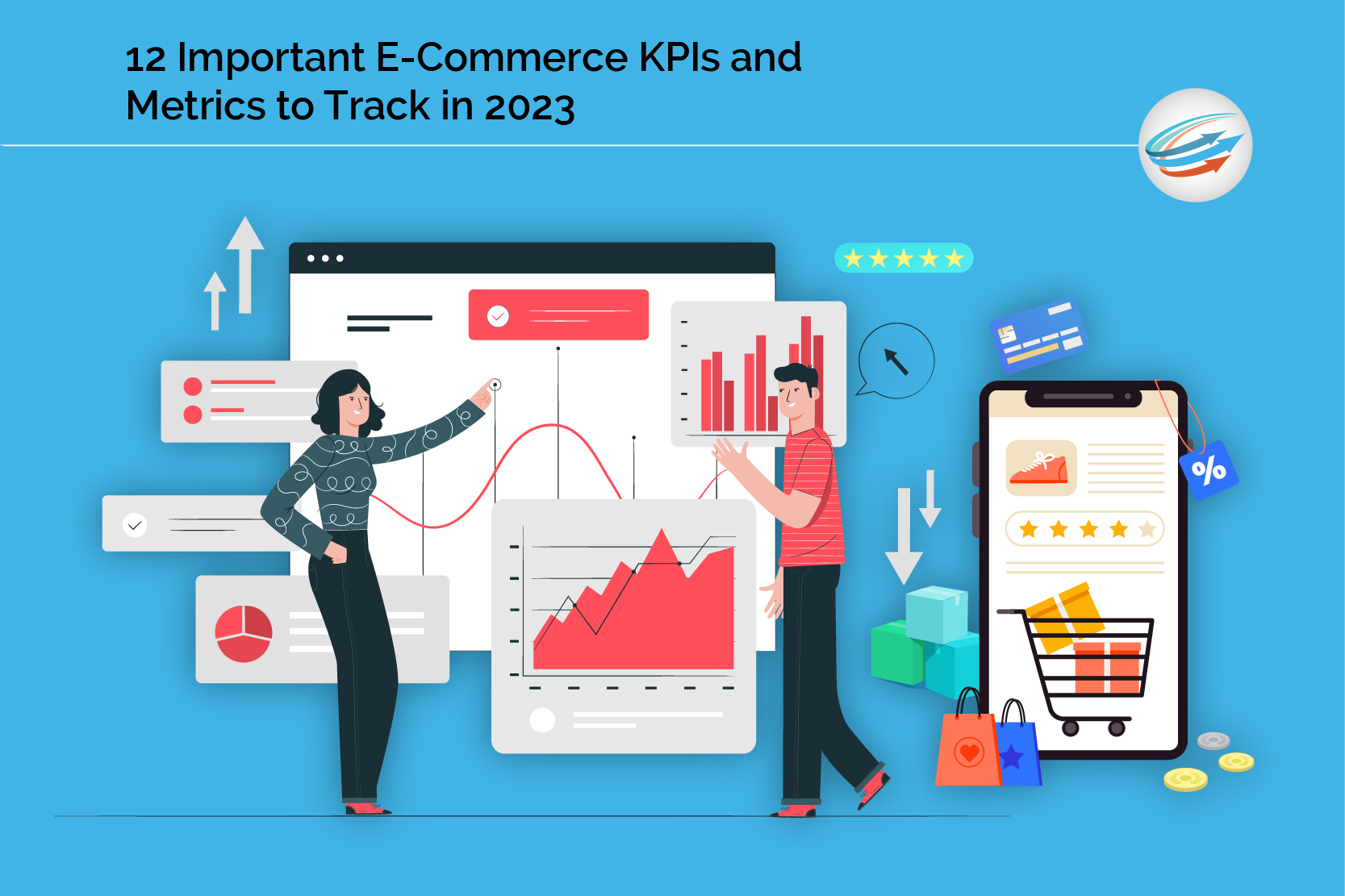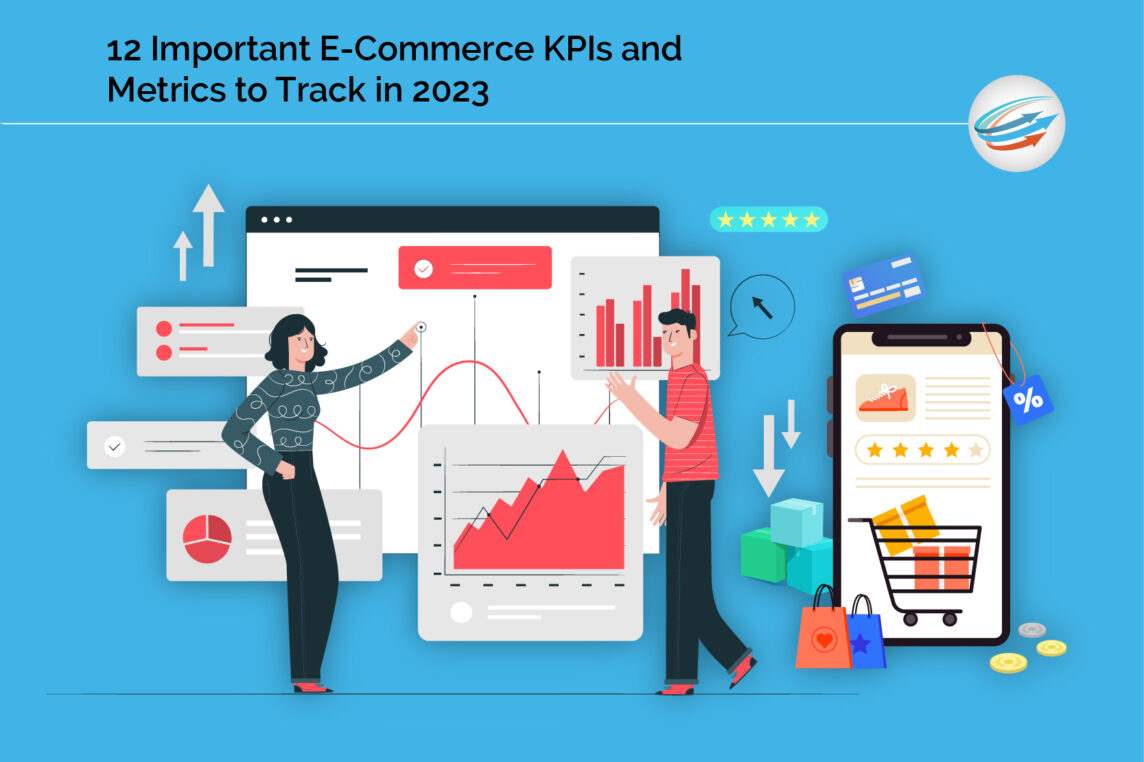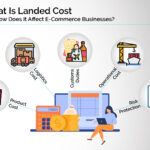
Are you in the e-commerce industry and looking to get a better grip on your business performance? If so, then this article is exactly what you need. We’re going to explore 12 different KPIs (key performance indicators) and metrics that you should be tracking if you are running an online store. By understanding these KPIs, it will become easier for you to understand how your business is doing at any given moment and stay ahead of the competition in 2024. So let’s dive into some key e-commerce metrics and see which ones are essential for success!
Popular E-commerce KPIs that Can Help You Scale Your Online Business
1. Sales Revenue
One of the most important KPIs for any business is sales revenue. This metric measures the total amount of money that your business brings in from sales. If you want to scale your online business, you need to ensure that your sales revenue is growing. There are a number of ways to increase sales revenue, such as increasing the average order value or the number of orders that your customers place.
2. Average Order Value
Average order value (AOV) measures the average amount that customers spend per order on your site. A high AOV can be indicative of a loyal customer base that is willing to spend more on your products or services. There are a number of ways to increase AOV, such as upselling or cross-selling products, offering bundles or package deals, or increasing prices.
3. Number of Orders
This metric measures how often customers purchase items from your website. If you want to scale your online business, you need to ensure that the number of orders is increasing. There are a number of ways to increase the number of orders, such as increasing traffic to your website or improving conversion rates.
4. Traffic
Traffic is another important KPI for e-commerce businesses. This metric measures the number of visitors who come to your website and from where, such as through search engines, social media, or other websites. It is important to track traffic sources so that you can see where your website traffic is coming from and focus your marketing efforts accordingly.
5. Conversion Rate
Conversion rate measures the percentage of visitors to your site who take a desired action, such as making a purchase or signing up for a newsletter. A high conversion rate indicates that your site is effective at converting visitors into customers or leads. There are a number of ways to improve conversion rates, such as improving the design of your website or offering discounts or free shipping.
6. Customer Acquisition Cost
Customer acquisition cost is the amount of money that you spend on marketing and advertising in order to acquire new customers. It is important to track this metric so that you can see how much it costs you to acquire new customers and make sure that you are spending wisely.
7. Lifetime Value of a Customer
Customer lifetime value (CLV) is a metric that measures the total value that a customer will spend on your products or services over the course of their life. This metric is important because it can help you to assess whether acquiring new customers is worth the investment. There are a number of factors that can influence CLV, such as customer loyalty, customer churn, and customer acquisition costs.
8. Refund Rate
The refund rate measures how often people return items that they have purchased from your store. It is important to track this metric so that you can identify any issues with your products or shipping process and make necessary changes
9. Total Order Cycle Time
Total order cycle time is a measure of how quickly customers complete the process, from order to payment to shipment deliveries. Monitoring this metric can help you understand how long it takes from when a customer places an order until they receive it, and whether there are any bottlenecks preventing orders from being filled in an efficient manner.
10. Order Picking Accuracy
This metric measures the accuracy rate of orders from start to finish—from being picked in the warehouse, to being packed and sent off for delivery. This metric helps business owners pinpoint issues with their inventory and staff skills which will help streamline operations.
11. Shipping Cost Per Order
Tracking your shipping costs can help you stay profitable and scale up operations without blowing through your budget. It’s especially important to track this KPI if you’re selling goods that require delivery, like apparel or hardware. Additionally, keep an eye on how long each package takes to get to customers—you don’t want them waiting too long!
12. Shopping Cart Abandonment Rate
The shopping cart abandonment rate measures how often people add items to their shopping cart but do not complete the purchase. It is a good metric to track as it can help you to improve your conversion rate and increase revenue.
How APS Fulfillment, Inc. Can Improve Your Order Fulfillment Metrics
As an order fulfillment company, APS Fulfillment, Inc. offers a wide range of flexible options that enables you to gain freedom over your own time. Headquartered in Miami, Florida, APS has stored, sorted, and delivered products of all shapes and sizes for all kinds of companies, all around the world.
Get in touch with us today and one of our consultants will tailor a fulfillment plan that will help grow your business. To book a consultation, call (954) 582-7450 or email [email protected].






